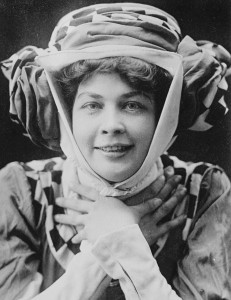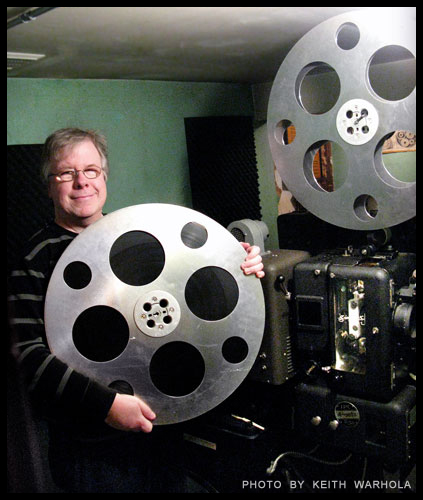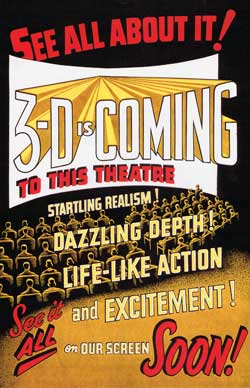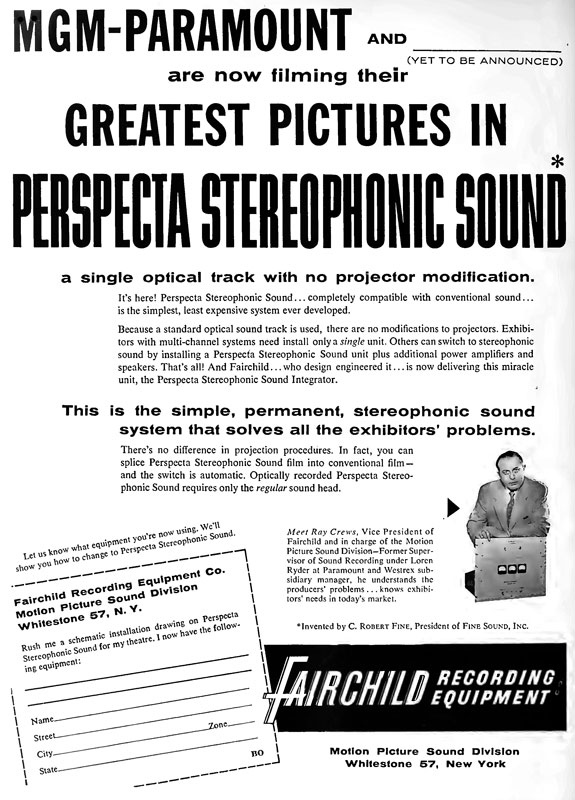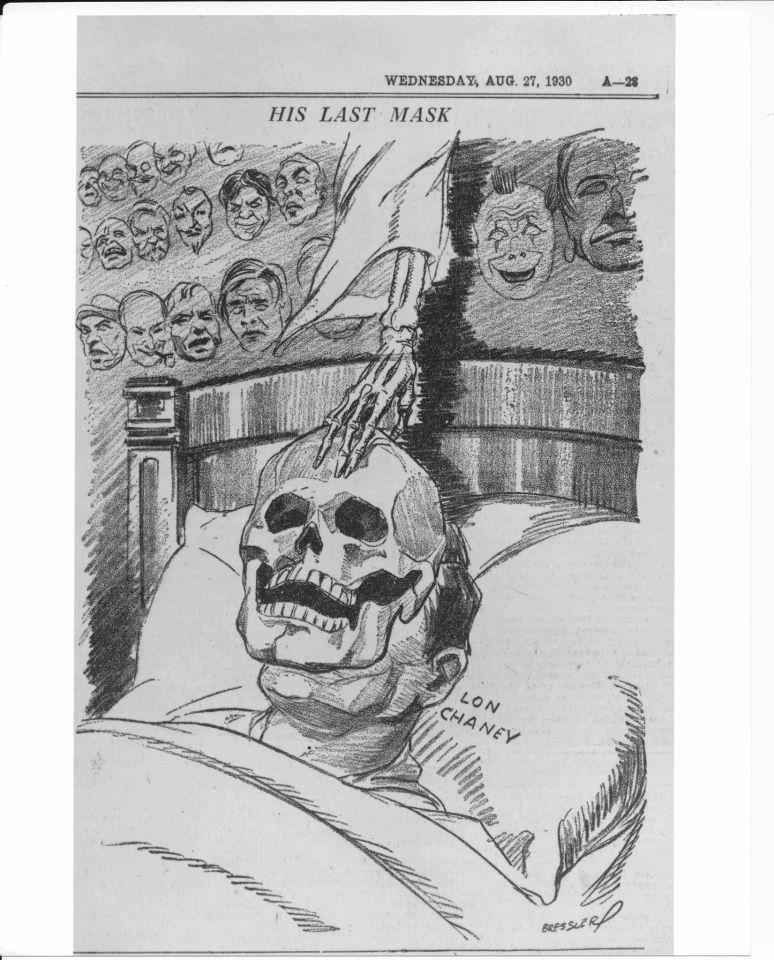OK, I’m a movie fan and there are a lot of people who know I’m a Star Wars fan. Sort of. A former Star Wars fan. Well, a fan of Episodes 4, 5, and part of 6.
I remember when Star Wars came out in 1977, before it said A New Hope, before anyone knew anything about it. (And trust me, doubters, on the original release date, it did not say A New Hope. This is why Episode IV will always be called Star Wars to me, because that’s the way it was originally billed.)
And then Episode V came out, The Empire Strikes Back. I was not as impressed with that one initially, but this is a film that holds up very well on repeated viewings. There may be some slow spots in it here and there, but overall, this is a great film.
And then Episode VI came out. Half of it was great. The stuff with Luke and the Emperor. Good stuff. The stuff with Jabba the Hutt in the intro was pretty good. But the Ewoks. Oh, the Ewoks. They were obnoxiously cute, in a cloying 4-year-old way. That’s exactly what they were intended to be, because Lucas himself had sold out to the Dark Side. In this case, it’s not the Sith, but much darker: Merchandising.
(By the way, I’m going on 30+ years of reading about this franchise here. I’m not going to source this. It would take days, and I’m not being paid. I’ll stand by what I said. If you think I’m an idiot, then so be it! Hi, Tom!) The original plan for Return of the Jedi was to have a planet of the Wookiees instead of the Ewoks, which dramatically tied things together better. But Wookiees aren’t as cute as Ewoks: Ewoks look like little teddy bears. Ewoks sell better.
So Lucas made more money from merchandising than he would have otherwise. It was a calculated move. The movie suffers for it. Jedi reeks of cute for two full reels, and it stalls the story.
Then we have another problem. Like it or not, Star Wars is an epic. It’s structured like an epic. Epics have themes. The theme of Star Wars is “sometimes good people must die in order to forward a worthy cause.” This is why Ben Kenobi dies in Episode IV. No one major dies in Episode V, but Han’s death is up in the air.
Harrison Ford has said many times that he felt that Han Solo should have died in Return of the Jedi. From a dramatic and structural standpoint, he was right. Han Solo really has nothing to do in the story. Apparently, different drafts of the script had him dying either in the pit on Tattooine or the raid on the uncompleted Death Star. Lucas told Ford that there was no money in “dead Han” dolls, and that was the end of it.
The movie suffers for it. Here’s the problem: yes, it would have been sad to see Han go, just as it was sad to see Ben go, but for the sake of the story, and for the structure of the story, it was important. You might have been upset the first time you saw it, but it would make more sense to you as you thought about it.
So I had mixed feelings about Episode VI, until I saw Episode I.
I can’t tell you how much I hated The Phantom Menace. I really, really, really hated it. There was nothing good about it. When a great actor like Liam Neeson turns in a bad performance, you know that something is wrong. I also knew that when we had the climactic chariot race from Ben Hur in the middle of The Phantom Menace, that something was dead wrong. It’s just called the pod race in Phantom, but trust me, it’s the same thing. (As a side note, Phantom Menace was an early all-digital film, and I remember thinking that the trailers for it were out-of-focus. They weren’t. It just looked like that.)
Ultimately, I hated The Phantom Menace so much that I wouldn’t even see the next two entries in the series. I still haven’t seen them. As a kid, I’d loved the Star Wars films, but these were lousy. I wondered for years how George Lucas had changed so much over the years to make such horrible films. I read various things.
I came to one clear conclusion: George Lucas never changed. I hadn’t either.
I read an interview with Martin Scorsese in which he recounts a screening of New York, New York. Lucas told Scorsese that the movie would make a lot more money if Liza Minnelli and Robert DeNiro would end up together at the end. Scorsese countered that the movie wouldn’t make any sense if that happened, and Lucas said, “Yeah, but it would make more money.”
That sums it up. The entire history of movies has been the struggle of Art vs. Commerce. Repetition and sameness are deadly for art, but they are the heart and soul of commerce. We go to McDonald’s at midnight because we know that the Big Mac that we are buying is just the same as the one we had in Pittsburgh last week. They count on that. On the other hand, if you go to an art show and all the pictures are the same, you feel pretty cheated. Art is supposed to be unpredictable. The movies have always been about balancing those two forces.
Scorsese is about Art.
Lucas is about Commerce.
If we look very carefully, Star Wars (Episode IV) isn’t a very good film. It has moments that are classic, and it has two performances that elevate it into something it wouldn’t have been otherwise. Dramatically speaking, it’s not anything great, with creaky dialogue and several problems with pacing that should have been addressed.
(OK, don’t beat me up here. Star Wars Episode 4 changed the world of movies, and I know that. What I’m saying is that it doesn’t hold up on repeated viewings and has a lot of script problems, just like Lucas’ other productions. It’s got some good actors who put the script across and enough spectacle to help gloss over the problems that the script has.)
Most importantly, What Star Wars had going for it was that it was the first commercial film to capture the fun of the 1930s movie serials and combine it with the groundbreaking special effects that 2001 had started. The opening shot was mind-blowing for audiences in 1977. We’d never seen anything like that. We were used to sci-fi epics looking desperately fake, like Logan’s Run, which had come out the year before. This looked very convincing.
Harrison Ford had terrible troubles with the dialogue in the film. “George, you can type this s***, but you sure as hell can’t say it.” Mark Hamill remembers Ford making notes in his script, desperately trying to make sense of the lines, trying to find a context in them that would make the character work. He succeeded. Ford’s performance, paired with that of Alec Guinness, are the dramatic saving graces of the film. If we add in Peter Cushing, who makes great use of a brief part, and James Earl Jones, who is unseen as Vader but adds an immeasurable presence to the film, we have a movie that is pretty well acted.
Mark Hamill and Carrie Fisher acquit themselves less admirably, but both have gone on to do other things well. I think this was simply a case of not being able to transcend the material. Perhaps Ford was only able to do so because his part was better written in the first place.
Alec Guinness was at the preview and complained that the last battle sequence at the Death Star was about five minutes too long. Bravo, Alec! He’s absolutely right. In reissues of the film. I often watch audiences during this scene and they get bored about halfway through. As spellbinding as this was in 1977, it doesn’t hold up today. Lucas is too in love with that cool shot of diving into the canyon in the Death Star. It’s overused; the whole thing is too long.
In addition, there’s a bit of the ending that’s too short! (Potential spoiler, although not much of one…) When Han decides at the last minute to join the battle and help rescue Luke, we don’t really know he’s going to do it. It’s a surprise and it’s cut in at the last second with no establishing shot at all. It’s jarring to first-time viewers. Where’s Han? Where did he come from? If we’d had a few more shots of Han thinking and one of him trying to get there at the last second, it would have been more dramatic but less surprising.
Lucas was grilled by many critics at the weakness of his script. To counter this, he brought in Leigh Brackett and Lawrence Kasdan for Empire Strikes Back. This makes the script immensely stronger, even though Empire is really the second part in a three-part epic, the part that’s always the least interesting. The first part has all the setup, the third part has all the resolution, and the second part just gets all the characters in trouble.
That said, Empire is full of suspense, action and great dialogue. Lucas hated it. He resolved to take over more the reins on Jedi, and we saw what that got us.
We note that Lucas made the Indiana Jones films, too. Well, except that Lawrence Kasdan wrote the first one, and Lucas is said not to have liked the script too much. His buddies Willard Huyck and Gloria Katz wrote the second one, more to his specifications, and it’s not very good. The third one was kind of a piecemeal effort and is largely saved by the brilliant performance of Sean Connery. The less said about the last one, the better.
We also note that when left entirely to his own devices, Lucas can’t really come up with a good epic… I submit Willow (1988) as evidence. It’s not a great film, and the last reel might as well be the last reel of Return of the Jedi with Jean Marsh substituting for the Emperor. Reliables like Val Kilmer and Marsh are wasted. Ron Howard, a variable but often talented director, doesn’t save it.
I can only come to the conclusion that Lucas is, as he has often said, a film cutter at heart. He does make a mean action sequence. They’re always cool, even if sometimes too long. He’s not much of a storyteller, and I say that with a big caveat.
Lucas is excellent at creating a story and a universe. He studied the art of epics and how to structure them. He doesn’t follow through on it, cuts corners, and can’t make the guts of it, the dialogue and character motivation, work.
And that brings us up to today. Disney has purchased Lucasfilm. What’s my reaction?
Well, initially, I had a bad feeling about it (hence the title and hence my quote from the films.) My initial reaction was that Disney would cute the series up even worse than Lucas had, and I made a video of it. (This was the first video that made it on YouTube as a response to the sale. Gotta be proud of that!)
Disney and Lucas have long had what I think are the same problems. Disney is often worse, though. Disney saw Star Wars and decided to make a movie with even cuter robots and then graft it on to a remake of 20,000 Leagues Under the Sea, add in some weird effects and a journey not unlike the end of 2001, and they released it as The Black Hole. It’s a tremendous misfire of a film.
But, unlike Lucas, Disney has changed since 1979.
Disney has grown and diversified. They’ve hired new and different people, and they’ve absorbed Pixar while revitalizing their animation unit.
In recent weeks, I heard that Harrison Ford may be interested in playing Han Solo again (something he said he’d never do), and that Carrie Fisher and Mark Hamill may be on board too.
I find it even more interesting that Disney is talking to Lawrence Kasdan about writing scripts for the series. In my opinion, it was Kasdan who saved Jedi, helped save Empire, and made the Indiana Jones series what it was. He has often said that he didn’t want to work on these films again.
Again, I can only come to one conclusion. These people didn’t want to work with George Lucas again. I don’t think they hated him personally… in fact, I think they all regard him as a friend. Deep down, though, I think they all realize that George was his own worst enemy on the Star Wars films.
I’m not a big Disney fan. I admit it. They are big bullies and throw money and legal logistics around like a baker throws pizza dough. That said, can they save the Star Wars franchise?
I’m not sure. They’ve made some good first steps. Frankly, they couldn’t make films much worse than George did.

